
Discover the story of Shell from its early beginnings as a London antiques shop, to its present day as one of the largest and most innovative energy companies in the world.
SHELL FROM 1833 TO 1945
From Seashells to The World of Oil
In 1833, Marcus Samuel decided to expand his London business. He already sold antiques but decided to try selling oriental seashells as well, capitalising on their popularity in the interior design industry at that time. The demand was so great that he began importing the shells from the Far East, laying the foundations for an import-export business that would ultimately become one of the world’s leading energy companies.
When Marcus Samuel senior died in 1870 he passed the business on to his two sons, Marcus junior and Samuel, who began to expand it. In the 1880s they became particularly interested in the oil exporting business but shipping still posed a problem as oil was carried in barrels which could leak and took up a lot of space. To solve the problem, they commissioned a fleet of steamers to carry oil in bulk, including the Murex which, in 1892, became the first oil tanker to pass through the Suez Canal.
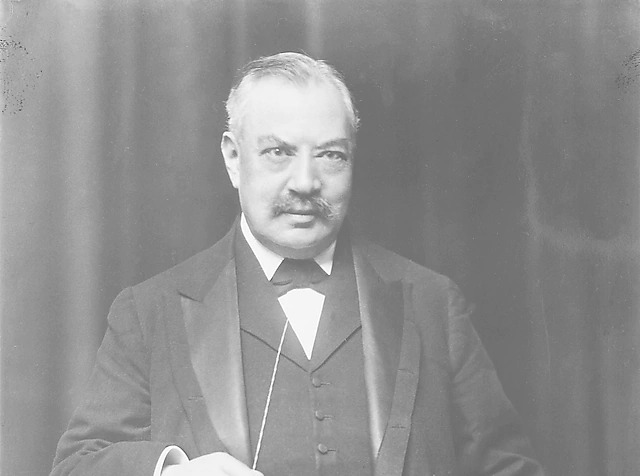
The Shell Transport and Trading Company is Born
With the maiden voyage of the Murex, the Samuels brothers had achieved a revolution in the transport of oil. Bulk transport substantially cut the cost of oil by enormously increasing the volume that could be carried. The brothers’ main competitor at the time was Standard Oil, a company famous for its blue cans of kerosene that, when empty, could be used for anything from roofing to bed pans. To stand out they created the Shell brand and painted their cans bright red. The tactic worked and, by 1896, their kerosene trade was earning more than all their other businesses combined.
In 1897 Marcus and Samuel renamed their company the Shell Transport and Trading Company and launched their first refinery at Balik Papan in Dutch Borneo. The refinery later had to be destroyed when the USA declared war on Japan in World War II.
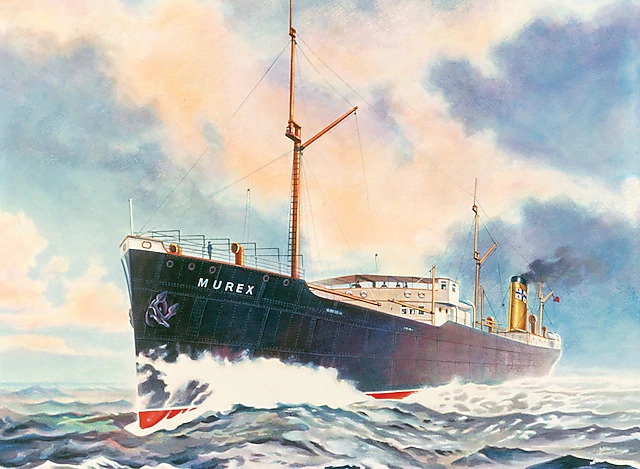
Merging with Royal Dutch
In 1901 when oil was found in Texas, Marcus Samuel junior pulled off the deal of a lifetime and won the transport and distribution rights from his company’s main competitor, Standard Oil. However, by 1902, overproduction in Texas had slashed the available supply to virtually nothing. At the same time, a smaller competitor called Royal Dutch had had begun to construct its own tankers and set up its own sales organisation in Asia. As a result, half of the Shell’s fleet sat idle.
So, in 1907, the decision was taken to merge Shell Transport and Trading Company with Royal Dutch and form the Royal Dutch Shell Group. The day the telegram was received announcing the merger – April 23 – is now celebrated every year as Shell’s birthday.
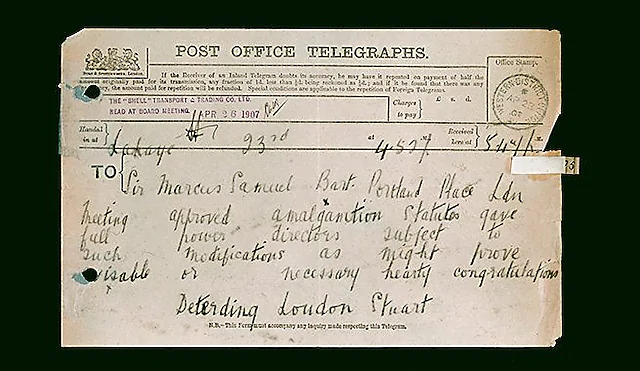
Expansion and Innovation
The merger with Royal Dutch signalled a period of rapid expansion as Shell (the Group’s name quickly became shortened to Shell) opened operations throughout Europe and in many parts of Asia. There was also substantial exploration and production in Russia, Romania, Venezuela, Mexico and the US.
The years that followed also gave Shell many exciting opportunities to demonstrate the quality of its products in the fast-developing market for petrol (gasoline). These included record-breaking races, flights and journeys of exploration. For example, in 1907 Prince Borghese won the Peking to Paris motor rally using Shell Spirit motor oil. In the Antarctic, explorers Ernest Shackleton and Captain Scott used Shell fuel, while Bleriot’s inaugural cross-Channel flight was made using Shell Spirit.
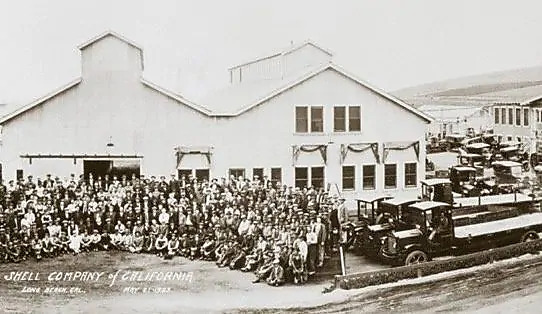
Helping with The War Effort
Shell was a crucial partner to the Allies in both World Wars. During World War I, Shell became the main fuel supplier of the British army and also offered all of its ships to the British Admiralty, including the Murex.
The inter-war years were a time of rapid expansion for oil companies as the use of motor cars and demand for petrol increased. Shell fuelled the first trans-Atlantic flight made by Alcock and Brown in 1919, developed new and improved drilling techniques and, in 1929, founded Shell Chemicals to advance the refinement of chemicals from oil.
When World War II began, Shell’s London office was dedicated to supporting the war effort and the company’s refineries in the USA produced aviation fuel to support the Allied air forces. All Shell tankers came under Government control and many Shell staff showed great bravery in keeping them going, including the flying ace Douglas Bader who worked in the aviation department of Asiatic Petroleum before joining the RAF in 1939. War was also a catalyst for great innovation, with major advances in both fuel and chemicals research, including the development of fuels for new generations of aircraft such as the Spitfire.
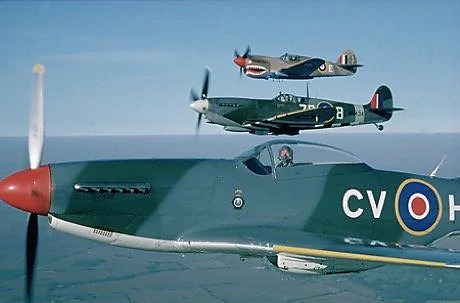
SHELL FROM 1946 TO THE PRESENT DAY
Post-war Expansion
The immediate post-war years were some of the toughest Shell had yet faced. Reconstruction was very expensive and the market for oil was changing rapidly. Against this backdrop Shell launched new exploration programmes in Africa and South America and built new refineries in the UK. The company also invested in larger and higher-powered ships – supertankers – in order to carry more oil in bulk.
In 1947, the first commercially viable offshore well was drilled in the Gulf of Mexico and within 8 years the company had over 300 such wells. New discoveries were also made in Borneo and the Niger Delta, and commercial production of oil in Nigeria began in 1958.
A number of scientific advances at this time boosted the demand for oil, including the invention of the jet engine – its architect Sir Frank Whittle even worked for the company for a number of years.

New Ideas and Directions
Shell started the 1960s by strengthening its presence in the Middle East, discovering oil in Yibal, Oman’s most prolific field. This discovery was the country’s first and would go on to transform Oman’s economy. The Groningen gas field in the Netherlands was also discovered at the start of the decade, followed by the discovery of gas in the North Sea. This time was also a golden period of research by Shell Chemicals and the company also took the decision to internationalise, placing local people in top positions to make the most of homegrown talent in each country.
The closure of the Suez Canal in 1967 for eight years confirmed the wisdom of Shell’s decision to invest in super tankers. At the same time, Shell was a partner in the first sea transportation of liquefied natural gas (LNG) in 1964 – from the Algeria to the UK – opening up a whole new market for the business.
Instability in the Middle East at the end of the 1960s and the start of the 1970s led to a quadrupling of oil prices and meant that the era of cheap energy came to an end. In response, Shell began to diversify, in particular into coal, nuclear power and metals. Shell also began to look beyond the traditional oil-producing countries for supplies and stepped up exploration in the North Sea and in the USA.
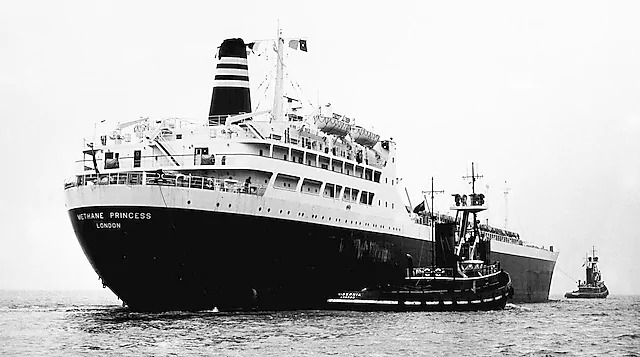
Growing and Facing Challenges
In the 1980s Shell began to grow through acquisitions. In 1986 the oil price collapsed with the price of a barrel of oil falling from $31 to $10 over the winter. To adjust to the lower oil price Shell had to focus on developing projects more cheaply. Intensive research led to huge improvements in drilling techniques and the use of 3D seismic technology to search for new oil sources became widespread. These advances enabled the company to develop offshore projects in much more challenging environments. The Troll field in Norway was one example, another was in the Gulf of Mexico where a new well was drilled at a depth of 2.3 kilometres.
The 1990s saw biomass and gas-to-liquids (GTL) technologies make giant leaps forward. In 1993 Shell opened the world’s first commercial GTL plant in Bintulu, Malaysia, a pioneering step that set the stage for the increasing role this fuel would play over the next decade.
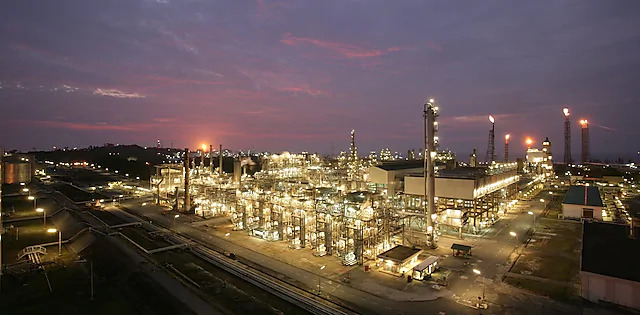
This era was not without its challenges, however. While Shell moved into new growth areas such as China and Russia and developed projects of increasing complexity and in harsher environments, it also faced increased external criticism. Environmental concerns were raised in relation to Shell’s plans to dispose of the Brent platforms in North Sea storage platform, as well as over Shell’s presence and activities in Nigeria. Shell has since strived to work as closely as possible with both local governments and communities. The Shell commitment and policy on Health, Security, Safety, Environment and Social Performance (HSSE & SP) applies across the company and is designed to help protect people, their communities and the environment wherever Shell operates.
Record-breaking Innovations and New Partnerships
In 2005, the Royal Dutch Shell Group underwent a major structural reorganisation as the nearly century-old partnership between Royal Dutch Petroleum and Shell Transport and Trading was dissolved and Shell unified its corporate structure under a single new holding company, Royal Dutch Shell plc.
Shell’s innovation has continued at pace into the 21st Century. In 2012, the company completed Pearl GTL, in Qatar, the world’s largest source of GTL products. In 2016, production started at Shell’s Stones field, the world’s deepest oil and gas project. And in 2017, Prelude, the world’s biggest floating liquefied natural gas facility, sailed 5,800 kilometres from a shipyard in South Korea to its new home in Western Australia.
The company has also continued to expand. In 2015, Shell announced that it would be buying BG Group, a UK oil and gas production company. The acquisition was completed in February 2016, expanding the company’s oil and gas portfolio. And in 2016, Shell created its New Energies business to focus on exploring and developing commercial opportunities in renewable energy, such as wind and solar.
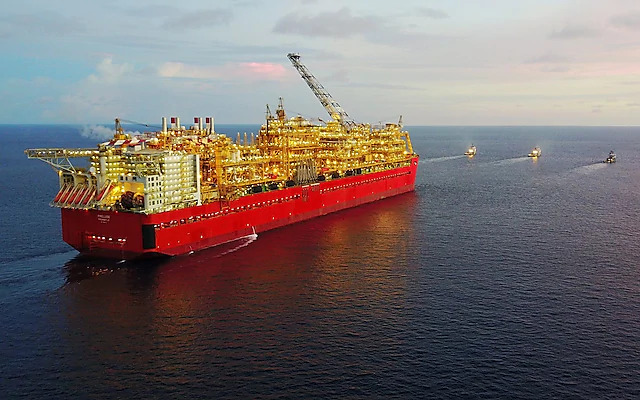
Looking Forward
Looking back over 185 years of Shell history, it has been an amazing journey. Mankind has managed to adapt, time and time again, through a century of rapid change and periodic upheaval; and so has Shell. But there are also big challenges in the century ahead.
Society today faces a challenge on an unprecedented scale: how to meet increasing energy needs while reducing carbon emissions.
Shell is an active player in and has embraced the transformation of the energy system. The company sees commercial opportunity in participating in the global drive to provide more and cleaner energy solutions. Thriving as the world transitions to a lower-carbon energy system is a key focus and Shell’s strategy, portfolio and strong financial framework will give the company a source of resilience in the years to come.
Understanding what climate change means for Shell is one of the biggest strategic questions facing company leaders. In answering that question, Shell is determined to continue to work closely with society and its customers as it has done for nearly 200 years.

Did you know?
Our history is a treasure trove of fascinating facts – featuring everything from world firsts to great artists. We’ve gathered a few of our favourites here to give you a different perspective on who we are and
where we’ve come from.
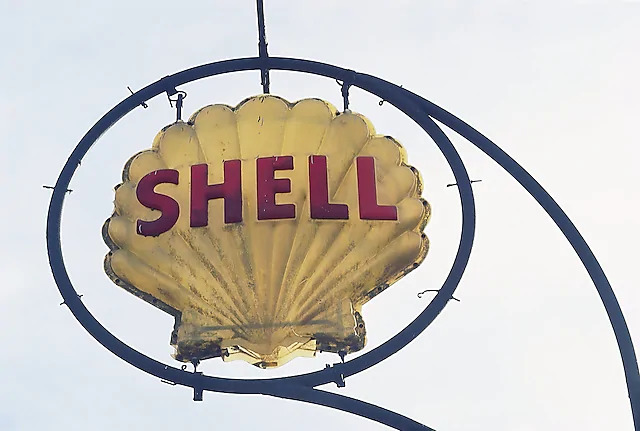
MORE ABOUT SHELL’S HERITAGE

Brand History
Over a century ago, Shell’s iconic logo started life as a mussel shell – discover how the brand has changed over the years.

Preserving Shell Heritage
With so much inspiration to draw from the past, we are committed to preserving and celebrating Shell’s heritage and sharing it with as many people as possible.
MORE ASPECTS OF OUR HERITAGE
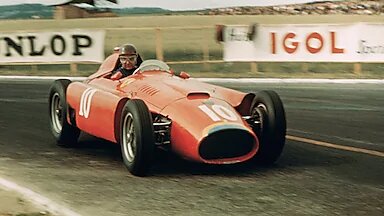
Motorsport History
Shell was there alongside the earliest motorsport pioneers, helping to fuel their dreams of turning a new mode of transport into an exciting way to compete. And Shell is still involved today, partnering with race teams at tracks around the world – from Formula 1 to MotoGP to Nascar.
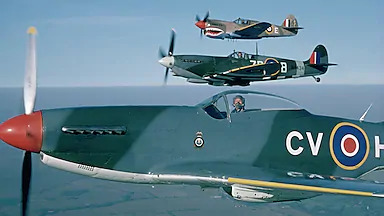
Aviation History
Shell has been powering aviation from its earliest beginnings…here are just a few of the milestones the company has been a part of along the way.

Major Innovation Milestones
Shell’s history is full of examples of how we’ve powered progress through new ideas and pioneering technology. On this page, we’ve looked at some of the key areas where we’ve made breakthroughs over the years, and where we’re still pushing boundaries today.
